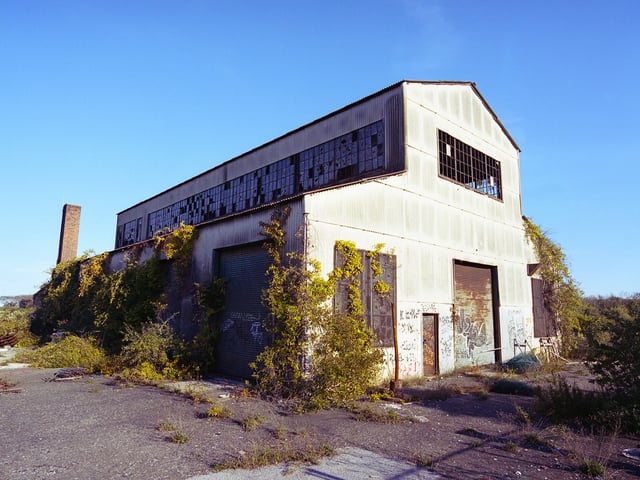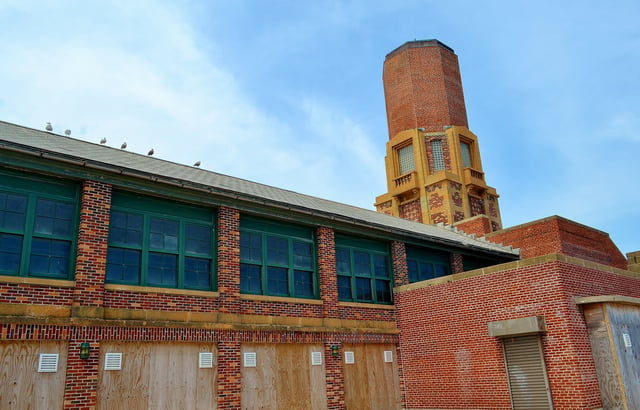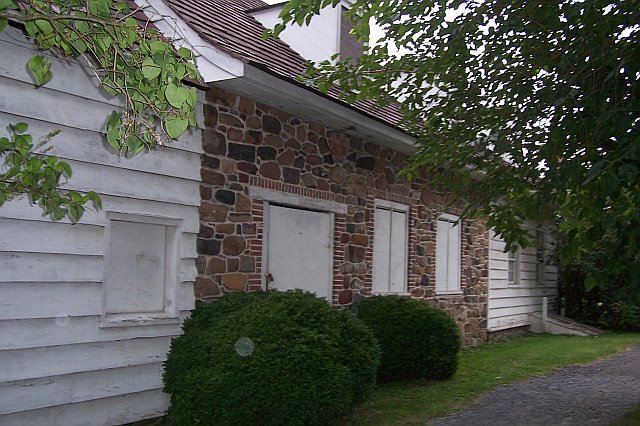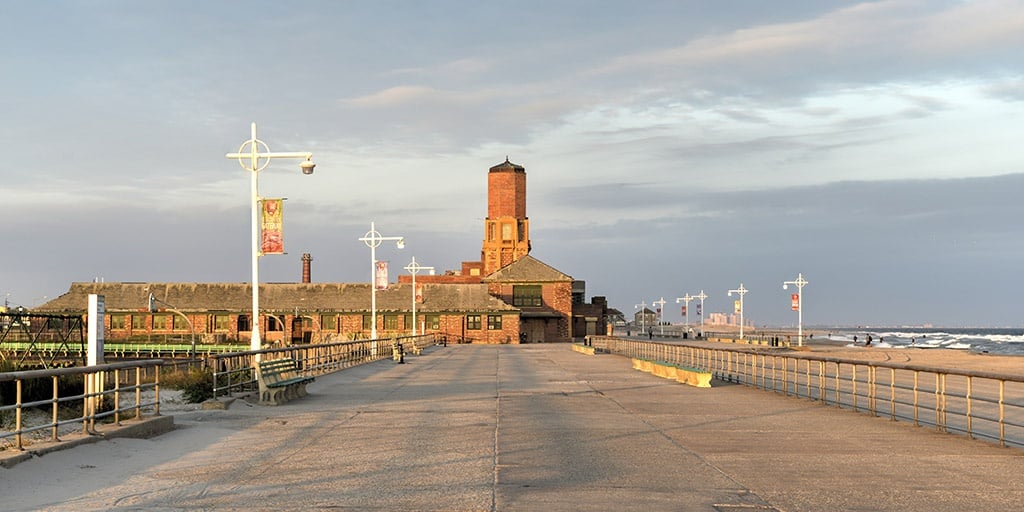New York City isn’t necessarily the first place that comes to mind when you think of beaches. However, Manhattan is an island and the City is on the coast. While some beaches are popular for surfing (Rockaway Beach) and others are popular for amusement (Coney Island), there are a few with some interesting historical structures to explore.

1. Fort Tilden
Photo Credit: '20111007_031' by Kenneth Dellaquila under CC BY-NC 2.0
Fort Tilden is on the coast of New York City in Queens. This beach has a history stretching back to World War I when it was used as a coast artillery installation. During World War II, a bunker was built on the site as protection against the possibility of an air strike. For the Cold War the site became part of the United States air defenses, and later a missile site which was shortly after replaced by a nuclear-capable missile. The fort remained a United States Army Reserve Post until the late 1970s when it was turned over to the National Park Service. Today it is mostly a natural beach area; certain structures from wars past remain but are unavailable to the public. What remained of the Fort has been transformed into spaces for the arts offering art classes, exhibitions, and theatrical interpretations of the fort’s past.

2. Jacob Riis Park
Photo Credit: 'Jacob Riis Park Bathhouse' by gigi_nyc under CC BY-NC-ND 2.0
Jacob Riis Park is also located in the New York City borough of Queens. The site was originally a US naval air station—one of the first. The park was designed by Robert Moses, the NYC Parks Commissioner. The beach is often referred to as ‘The People’s Beach’ as that is how Moses envisioned it; making it easily available to poor immigrants at the time of its creation. One of the more iconic buildings at the park is the limestone, brick, a cast-stone Art Deco bathhouse, completed in 1932 as a place for beachgoers to relax in the shade or grab a bite to eat. Today, you can find yourself in the bathhouse for the same two reasons, along with being able to read about the park’s history.
 3. New Dorp Beach
3. New Dorp Beach
Photo Credit: 'Brittoncottage' by nicholas f matranga under CC BY-SA 3.0
New Dorp Beach sits on the south shore of Staten Island. The first European settlement was recorded in 1671, by the beach. The land was patented to Obediah Holmes, in which a small cottage was built. This cottage, later called the Britton Cottage, would remain in the same spot for over 200 years. The direction of the area as a resort and seasonal area began after the Civil War and it developed accordingly, until the 1950s. Today, many of the old resort town streets are now walking paths and the buildings have disappeared below sand dunes. The little original cottage, however, can still be found at the bottom of Richmond Road, where it was moved to in 1967 to save the colonial architecture.
While the usual idea of going to the beach is playing in the water or reading a book and sunning on the sand, these beaches have some pretty special buildings that allow you to take a peek into the beach’s past, something that many beaches cover or weather away over time.








